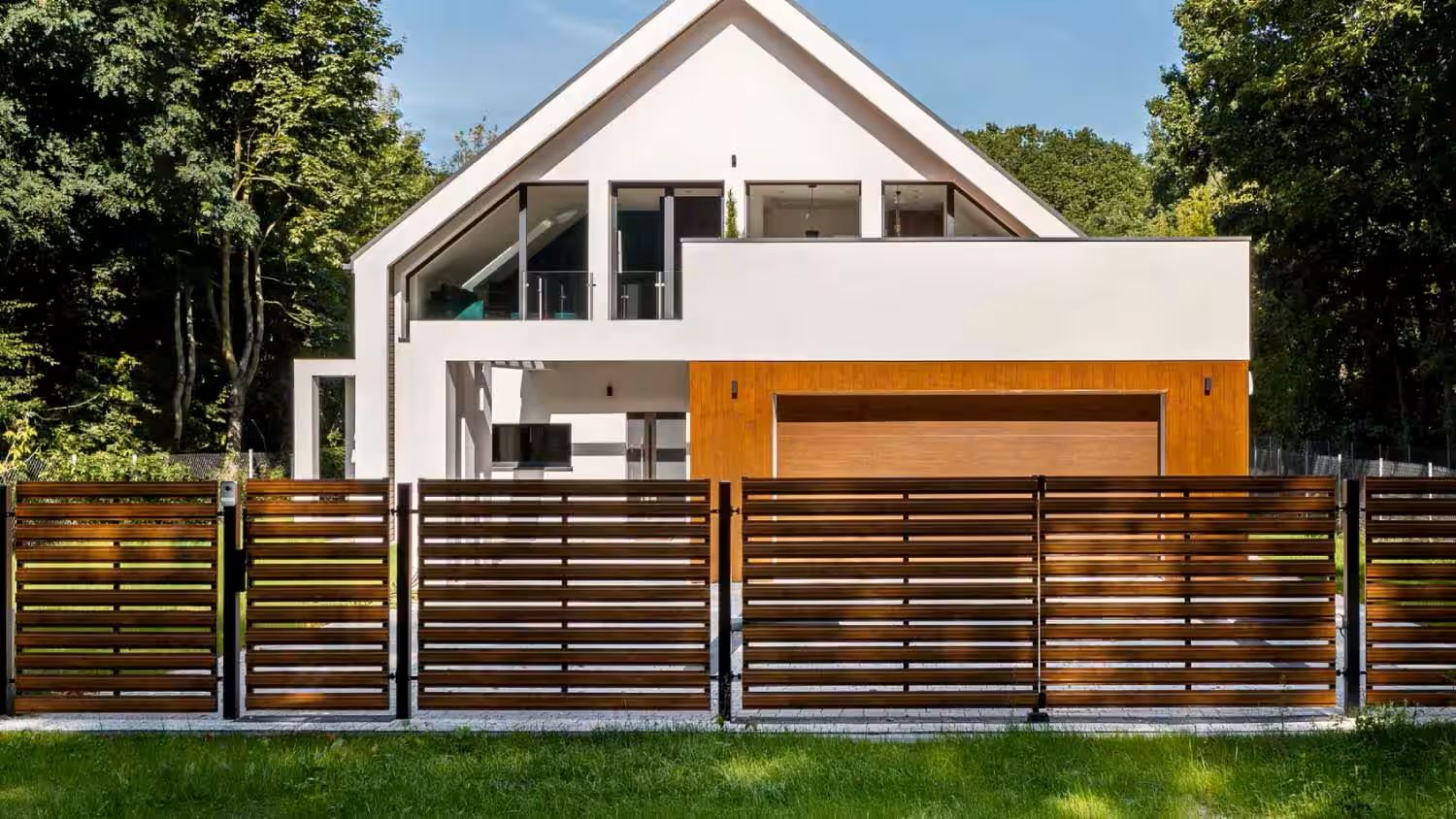

Articles
Which Way Should A Fence Face
Modified: February 23, 2024
Discover the importance of fence orientation in our latest articles. Learn which way your fence should face for optimal functionality and aesthetics.
(Many of the links in this article redirect to a specific reviewed product. Your purchase of these products through affiliate links helps to generate commission for Storables.com, at no extra cost. Learn more)
Introduction
When it comes to installing a fence around your property, there are many factors to consider. One important decision you’ll need to make is the direction in which your fence will face. It may seem like a trivial detail, but the direction of your fence can actually have a significant impact on its functionality, aesthetics, and overall effectiveness.
In this article, we will explore the various factors that you should take into account when deciding which way your fence should face. By considering these factors, you will be able to make an informed decision that aligns with your specific needs and preferences.
Key Takeaways:
- The direction of your fence impacts privacy, security, and aesthetics. Consider wind and sun exposure, local regulations, and neighbor communication to make an informed decision that aligns with your specific needs and preferences.
- Consulting with professionals and evaluating your goals, property layout, and aesthetic preferences are crucial in determining the best direction for your fence. Each property is unique, so take the time to assess your specific needs.
Read more: Which Way Should A Pergola Face?
Factors to Consider When Deciding the Direction of a Fence
Choosing the right direction for your fence involves evaluating several key factors that can influence its functionality and visual appeal. Let’s take a closer look at these factors:
- Privacy and Security
- Aesthetics and Visual Appeal
- Wind and Sun Exposure
- Neighbors and Local Regulations
One of the primary reasons people install fences is to enhance privacy and security. Consider the layout of your property and the proximity to neighboring houses or public areas. If privacy is a top concern, you may want to face the solid side of the fence towards the areas where you want to minimize visibility. Alternatively, if security is your main priority, facing the smooth side of the fence outward can make it difficult for intruders to climb over.
The way your fence looks can significantly impact the curb appeal of your property. Determine whether you want the fence to blend in with the surroundings or make a statement. For example, if you have a beautiful garden that you want to showcase, you may want to face the decorative side of the fence towards your property. On the other hand, if the fence will be facing a less desirable view, consider opting for a more visually appealing side facing outward.
The direction your fence faces can also affect its ability to withstand wind and provide shade. Observe the prevailing winds in your area and consider how they could impact your fence. If wind is a concern, placing the solid side of the fence towards the wind can help reduce its impact and prevent damage. Similarly, think about the sun’s position throughout the day and how the fence can offer shade to specific areas of your property.
Before making a decision, it is essential to consider the impact your fence direction may have on your neighbors. Talk to your neighbors and communicate your intentions to ensure there are no conflicts or concerns. Additionally, be mindful of any local regulations or homeowner’s association rules that may dictate the permitted direction of fences in your area.
Privacy and Security
Privacy and security are often primary considerations when deciding which direction to face your fence. The direction in which you install your fence can greatly impact the level of privacy and security it provides.
If privacy is a top concern for you, having the solid side of the fence facing towards your property can help minimize visibility from the outside. This can create a secluded and secure area within your property, shielding your activities from the prying eyes of passersby or neighbors. Privacy fences often have fewer gaps between the boards or panels, ensuring a higher degree of privacy. This direction is popular for backyards and areas where you want to create a private retreat.
In contrast, if security is your primary focus, having the smooth side of the fence facing outwards can be advantageous. This configuration makes it more difficult for potential intruders to climb over the fence, as the smooth surface offers less grip. This can act as a deterrent and provide an added layer of security to your property. Smooth-side-out fences are commonly used for front yards or areas with high risk of intrusion.
Consider the layout of your property and assess which areas you want to shield from prying eyes or potential threats. If you have a pool, for example, having the solid side of the fence facing towards it can help create a more private and secure environment. On the other hand, if you have a beautiful garden or scenic view that you want to showcase, you may choose to have the more aesthetically pleasing side facing outward.
Ultimately, the decision between privacy and security will depend on your specific needs and priorities. It’s worth discussing your concerns with a fencing professional who can offer expert advice based on your property’s layout and desired level of privacy and security.
Aesthetics and Visual Appeal
When choosing the direction for your fence, it’s important to consider the overall aesthetics and visual appeal. The appearance of your fence can significantly contribute to the curb appeal of your property and its overall visual harmony.
One option is to face the decorative side of the fence towards your property for maximum aesthetic impact. This is especially relevant if you have invested time and effort into creating a beautiful backyard or garden that you want to showcase. By facing the decorative side inward, you create a visually pleasing backdrop that can enhance the overall ambiance of your outdoor space.
Alternatively, if your property has a less desirable view or if the fence is intended to block an unattractive feature like a garbage bin area or a neighboring eyesore, you may want to have the more visually appealing side facing outward. This way, you ensure that the attractive side of the fence is visible not only to you but also to your neighbors and passersby.
The choice between facing the fence inward or outward for aesthetic reasons ultimately depends on your personal preference and the specific characteristics of your property. Take note of the architectural style of your home and the surrounding landscape. Are there any specific features or elements you want to emphasize or downplay? Consider the materials, colors, and designs of the fence and how they can complement the overall look and feel of your property.
Keep in mind that while aesthetics are important, functionality should not be compromised. Ensure that the chosen direction aligns with your functional requirements, such as privacy and security, while still enhancing the overall visual appeal of your property.
Consulting with a professional fence installer or designer can provide valuable insights and guidance on selecting the best direction for your fence. Their expertise can help you achieve the perfect balance between functionality and aesthetics, resulting in a visually appealing and functional fence that enhances your outdoor space.
When deciding which way a fence should face, consider the prevailing wind direction in your area. Placing the fence perpendicular to the wind can help reduce wind resistance and potential damage.
Wind and Sun Exposure
When deciding on the direction for your fence, it’s important to consider the impact of wind and sun exposure. The direction in which your fence faces can affect its ability to withstand strong winds and provide shade to specific areas of your property.
Observe the prevailing winds in your area. If your property is prone to strong winds, facing the solid side of the fence towards the wind can help reduce its impact on your property. Solid fences provide more resistance to wind, minimizing the risk of damage or potential structural issues. By acting as a windbreak, the fence can create a more protected and comfortable environment in your outdoor living spaces.
On the other hand, if you live in an area with mild winds, having a fence with openings or slats facing towards the wind can allow for better airflow. This can be particularly beneficial during hot summer months when a gentle breeze can provide much-needed ventilation.
In addition to wind exposure, consider the sun’s position throughout the day and how it might affect your property. If you have specific areas that you want to shade, like a patio or outdoor seating area, strategically positioning the fence to provide shade can enhance your comfort. By facing the side of the fence with more coverage towards the sun, you can create a cooler and more enjoyable outdoor space.
Remember to assess your property at different times of the day to understand how the sun’s orientation changes. This will help you determine the optimal direction for your fence to achieve the desired shade and sunlight exposure for different areas of your property.
If you live in an area with extreme weather conditions, such as frequent strong winds or intense sun exposure, it’s a good idea to consult with a professional fence installer. They can offer advice on the best fence materials and designs to withstand these conditions, as well as recommend the most suitable direction to minimize wind damage and maximize shade.
By considering wind and sun exposure in the decision-making process, you can ensure that your fence not only provides functional benefits but also enhances the overall comfort of your outdoor living spaces.
Read more: Which Way Should Breakers Face
Neighbors and Local Regulations
When deciding on the direction for your fence, it’s important to consider the impact it may have on your neighbors and any local regulations or guidelines that govern fence installation in your area.
Before making any decisions, it’s a good idea to have open and transparent communication with your neighbors. Discuss your plans and intentions regarding the direction of your fence, especially if it will affect their views or property. Showing consideration and seeking their input can help maintain positive relationships and prevent any potential conflicts or misunderstandings.
Additionally, be aware of any local regulations, zoning laws, or homeowner’s association (HOA) rules that may dictate the permitted direction of fences. Some neighborhoods or municipalities have specific guidelines regarding the appearance and installation of fences, including the direction they should face. Familiarize yourself with these regulations to ensure that your fence complies with local requirements.
In some cases, your local regulations may have specific provisions regarding the appearance of fences that face public areas or neighboring properties. These provisions may require a more aesthetically pleasing side to face outward, even if it affects your privacy or security preferences. It’s essential to be aware of these regulations to avoid any potential fines or legal issues in the future.
By considering the preferences and concerns of your neighbors and adhering to local regulations, you can ensure a smooth and hassle-free fence installation process. It’s always better to proactively address these considerations rather than face any unwanted disputes or legal repercussions down the line.
If you’re unsure about any local regulations or unsure how to approach your neighbors regarding your fence plans, it can be helpful to consult with a fencing professional. They are knowledgeable about the local guidelines and can assist you in navigating any potential challenges or concerns related to neighbors and regulations.
Remember, being a good neighbor and abiding by local regulations not only ensures a harmonious community but also contributes to a positive and stress-free environment for everyone involved.
How to Determine the Best Direction for Your Fence
Now that you understand the various factors to consider when deciding on the direction of your fence, let’s explore how you can determine the best direction for your specific needs and preferences:
- Evaluate your goals and priorities: Start by identifying your primary goals and priorities for installing the fence. Is privacy your top concern, or do you prioritize security? Are you aiming for maximum wind protection or wanting to create a visually appealing space? Knowing your goals will help guide your decision-making process.
- Assess your property and surroundings: Take a close look at your property layout, neighboring houses, and any local features that may influence the direction of your fence. Consider factors such as the view you want to preserve or obstruct, prevailing winds, and sun exposure throughout the day.
- Consider the aesthetics: Think about the overall look and feel you want to achieve with your fence. Decide whether you want the decorative side to face inward to enhance your property’s visual appeal or outward to impress passersby. Coordinate the design and materials of the fence with the architectural style of your home and surrounding landscape.
- Account for privacy and security: Determine how important privacy and security are for you. If privacy is crucial, consider having the solid side facing inward to create a secluded area within your property. For enhanced security, place the smooth side of the fence outward to deter potential intruders.
- Communicate with your neighbors: Engage in open communication with your neighbors and inform them about your fence plans. Address any concerns they may have and strive for a mutually agreeable solution.
- Research local regulations: Familiarize yourself with any local regulations or homeowner’s association rules regarding fence installation. Ensure that you comply with these regulations regarding the direction of the fence.
- Consult with professionals: If you’re unsure about the best direction for your fence or if you have unique circumstances to consider, consult with a professional fence installer or designer. They can provide expert advice based on their experience and help you make an informed decision.
By carefully evaluating your goals, property layout, aesthetic preferences, and considering the input of neighbors and local regulations, you can determine the best direction for your fence. Remember that each property is unique, so what works for one may not necessarily work for another. Take the time to assess your specific needs and consult with experts to ensure that your fence aligns with your vision and enhances the functionality and appeal of your property.
Conclusion
Choosing the direction of your fence is a significant decision that can greatly impact the functionality, aesthetics, and overall effectiveness of the fence. By considering essential factors such as privacy, security, aesthetics, wind and sun exposure, neighbors, and local regulations, you can determine the best direction for your specific needs.
Privacy and security considerations can guide you in deciding whether to have the solid side facing inward for maximum privacy or outward for enhanced security. Aesthetics should also be taken into account, aligning the more visually appealing side with your property or outward to mask less desirable views.
Wind and sun exposure play a vital role in the functionality of your fence. Understanding prevailing winds and sun positions throughout the day can help you position the fence to provide the desired level of shade and protection from wind.
Being respectful of your neighbors and complying with local regulations is essential. Open communication with neighbors allows you to address any concerns and maintain positive relationships. Familiarize yourself with any local regulations or HOA guidelines regarding the direction of fences to ensure compliance.
Finally, consulting with professionals, such as fence installers or designers, can provide valuable insights and expertise. They can help you navigate the decision-making process and ensure that your fence meets both your functional and aesthetic requirements.
In conclusion, by carefully considering these factors and consulting with experts, you can determine the best direction for your fence. A well-planned and properly installed fence not only enhances privacy, security, and aesthetics but also adds value to your property and creates a harmonious outdoor living space.
Frequently Asked Questions about Which Way Should A Fence Face
Was this page helpful?
At Storables.com, we guarantee accurate and reliable information. Our content, validated by Expert Board Contributors, is crafted following stringent Editorial Policies. We're committed to providing you with well-researched, expert-backed insights for all your informational needs.
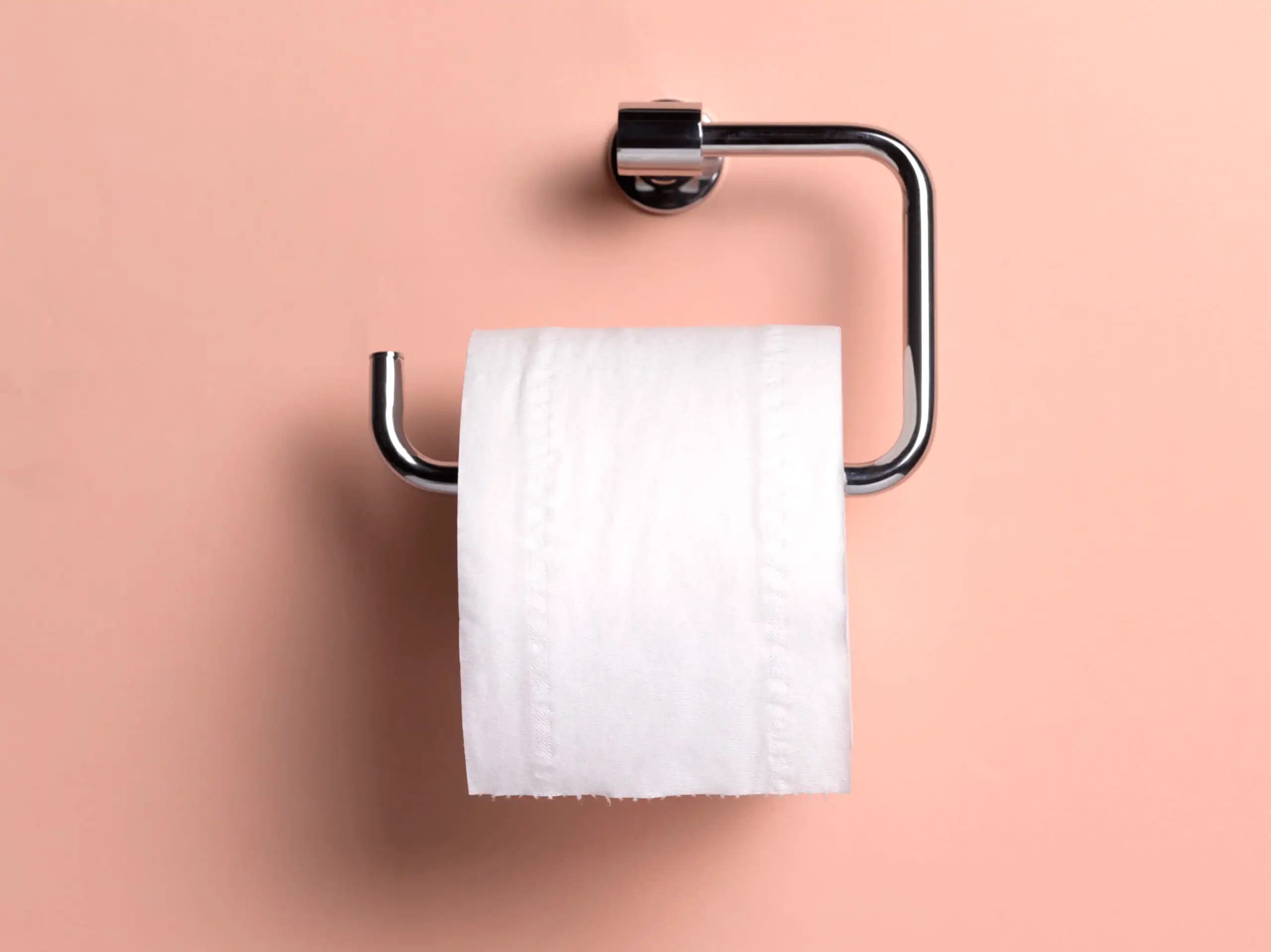
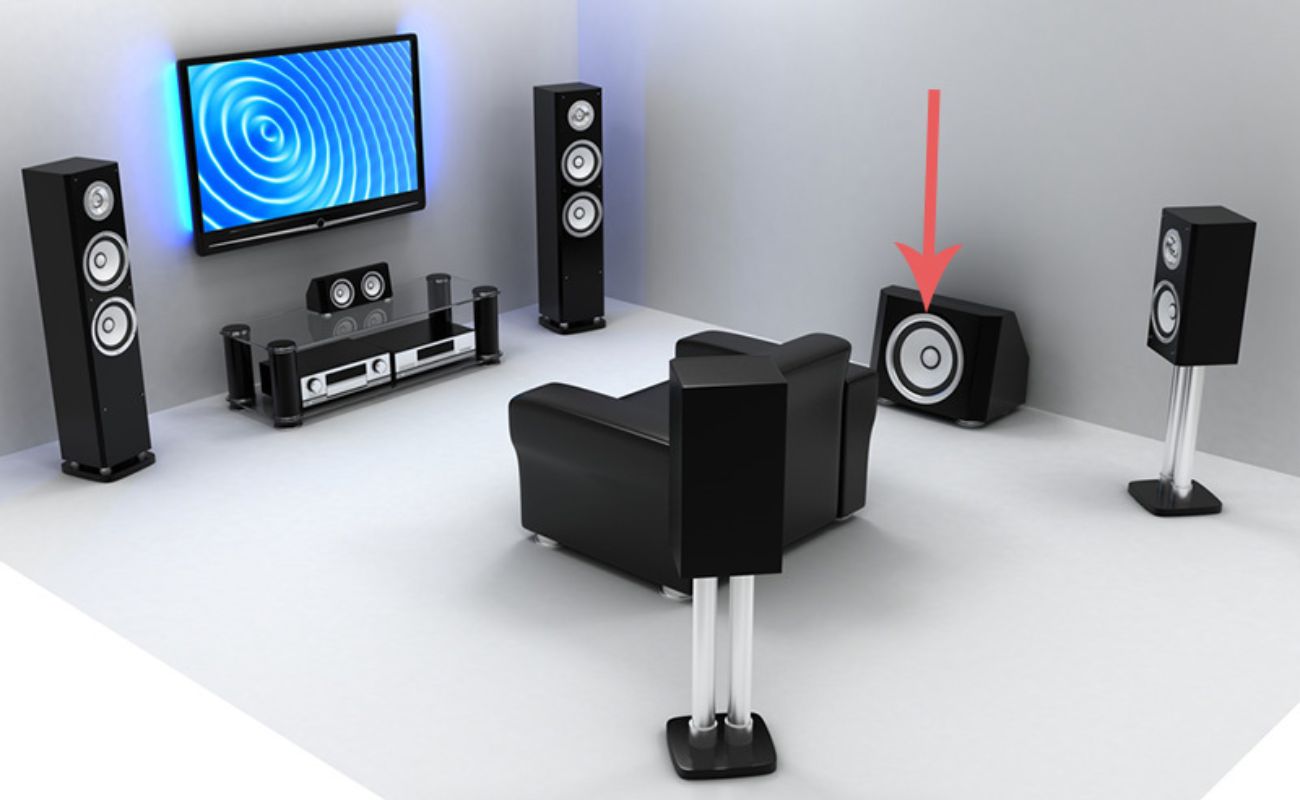
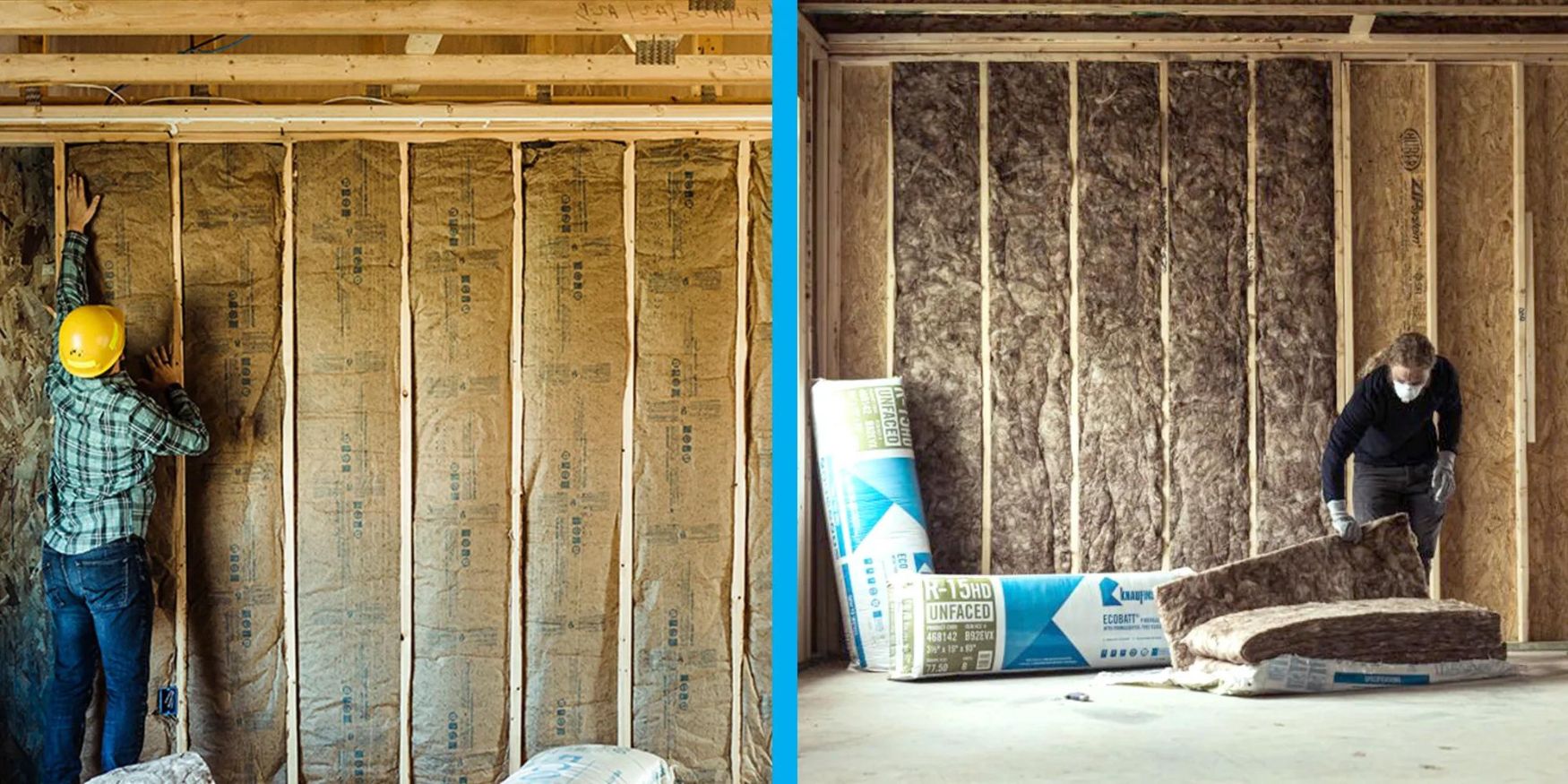
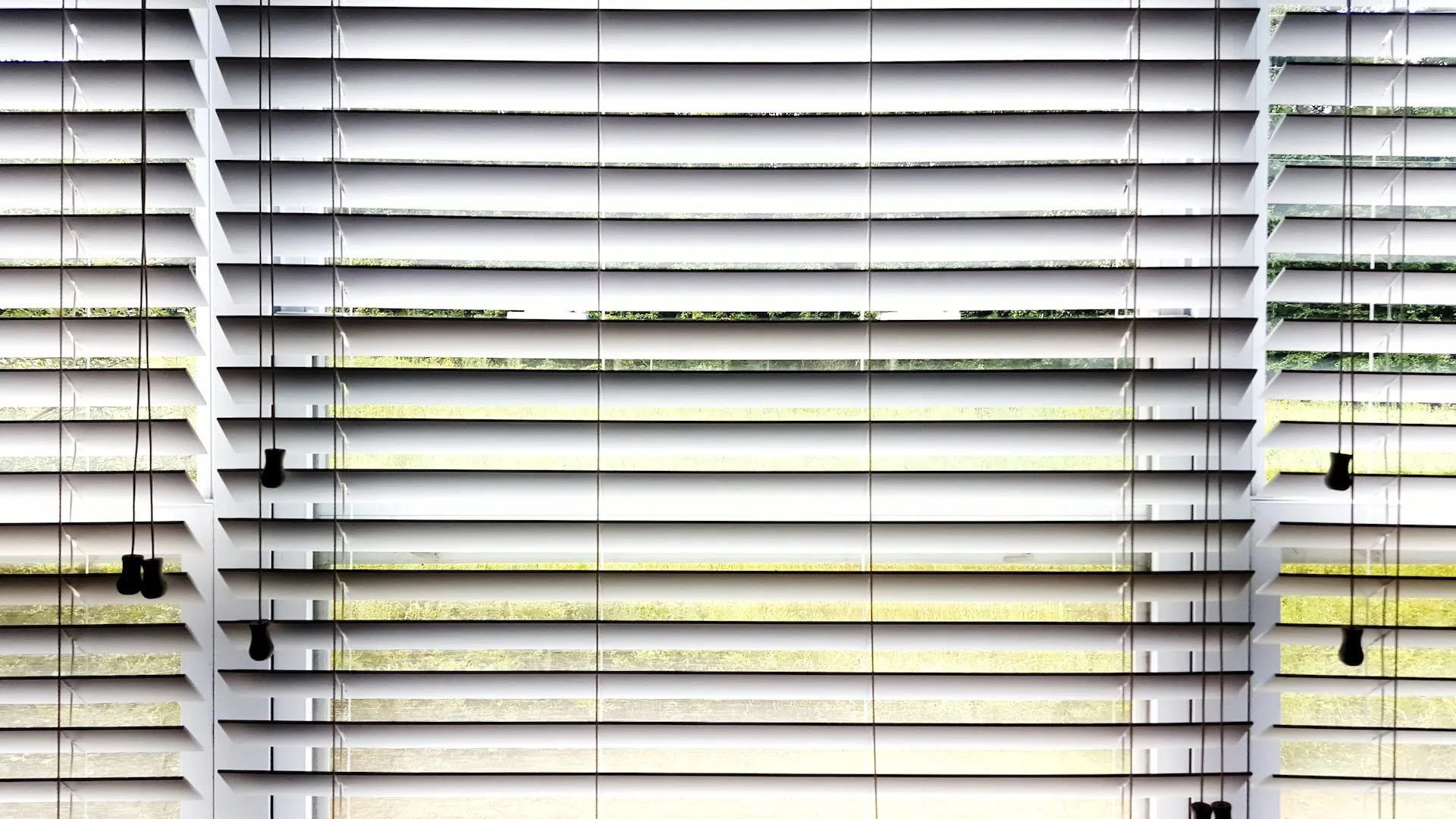
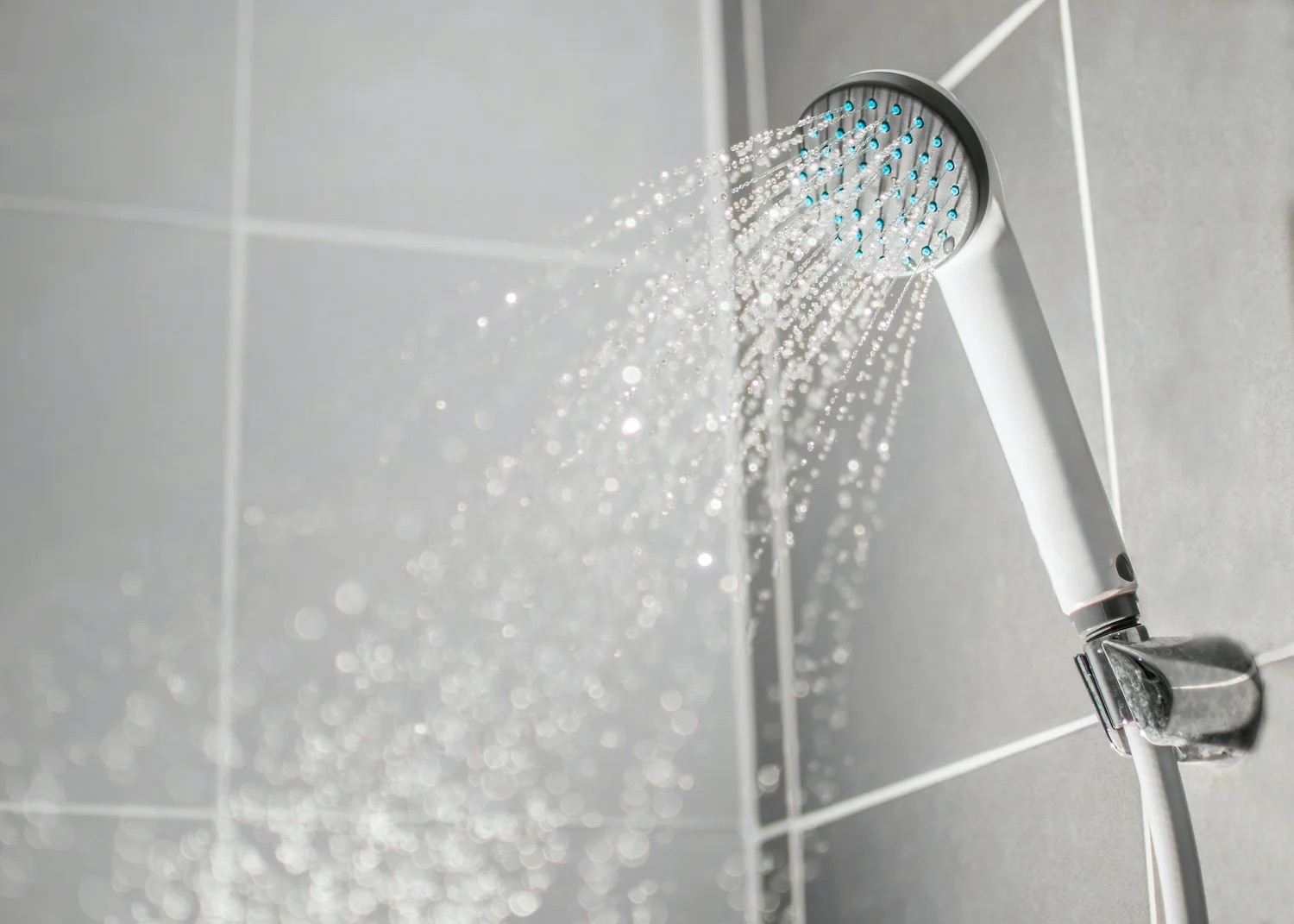
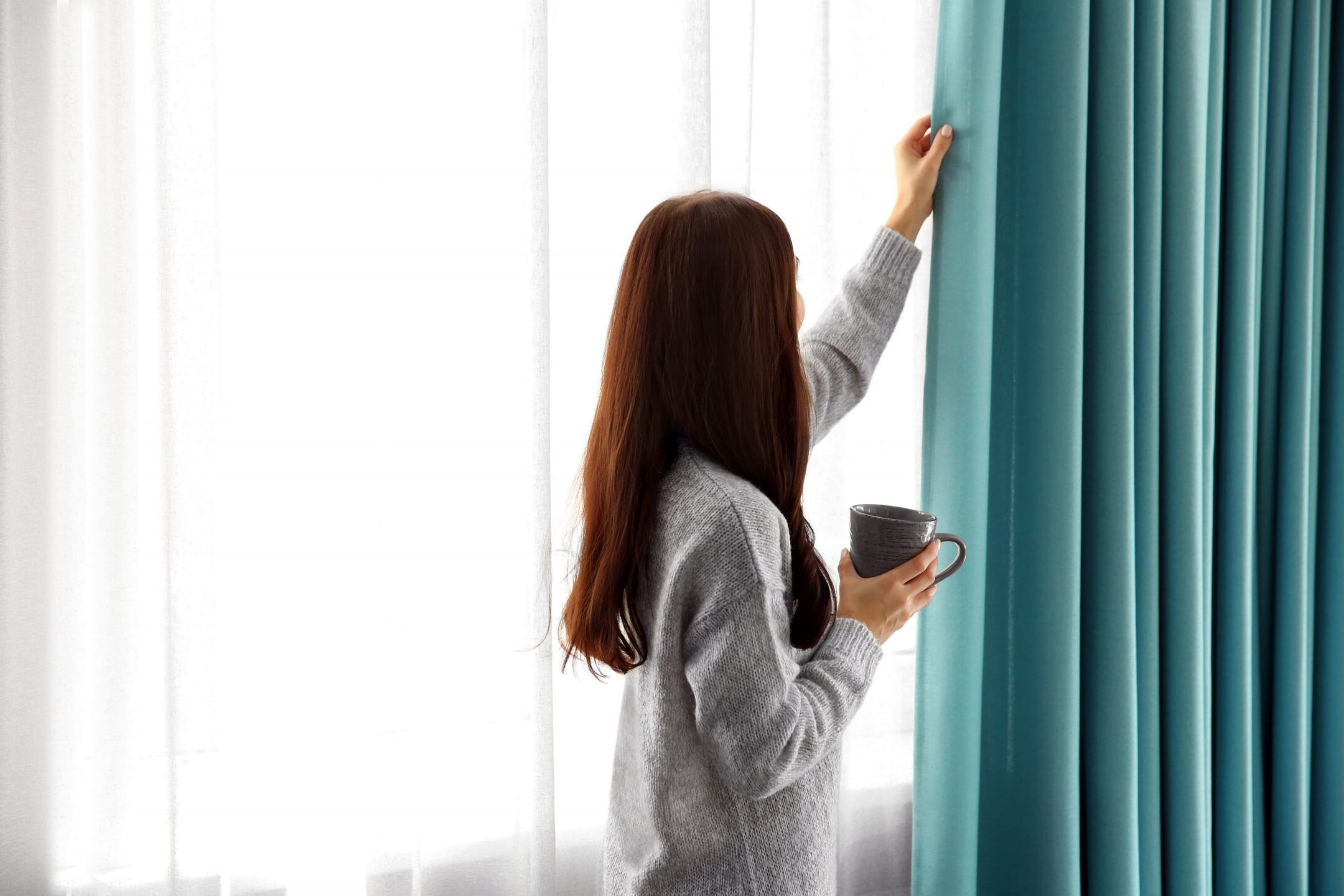
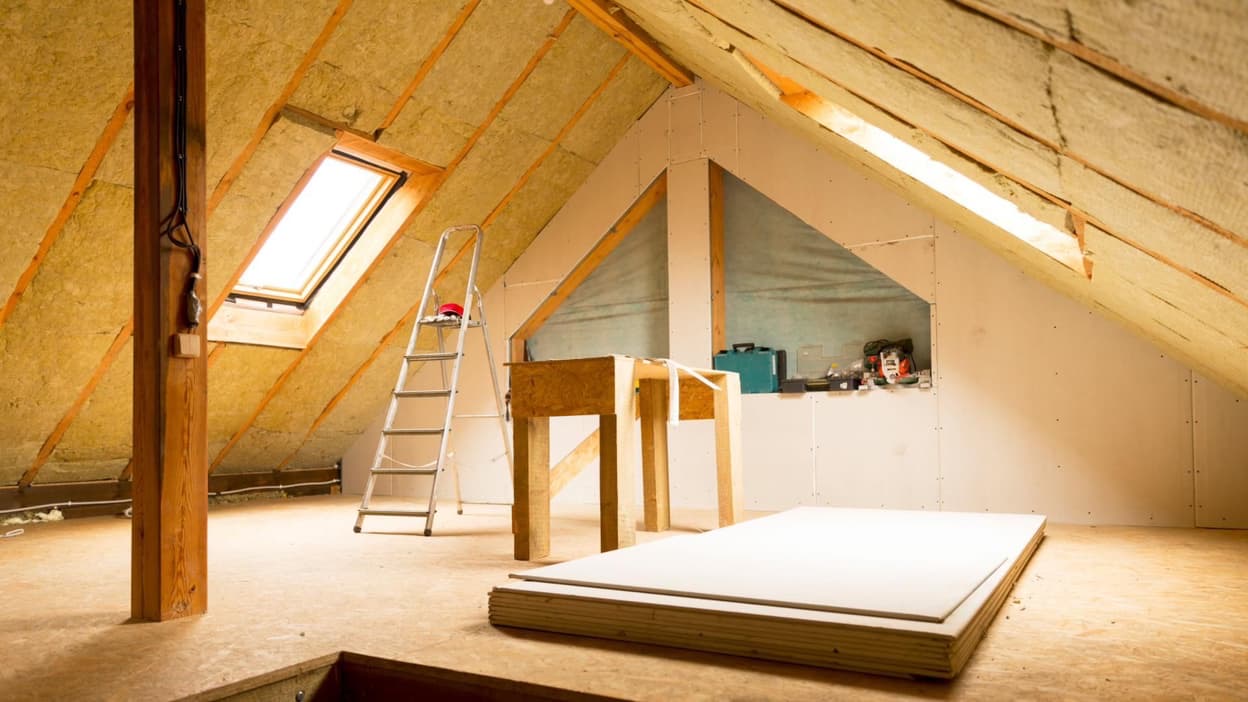
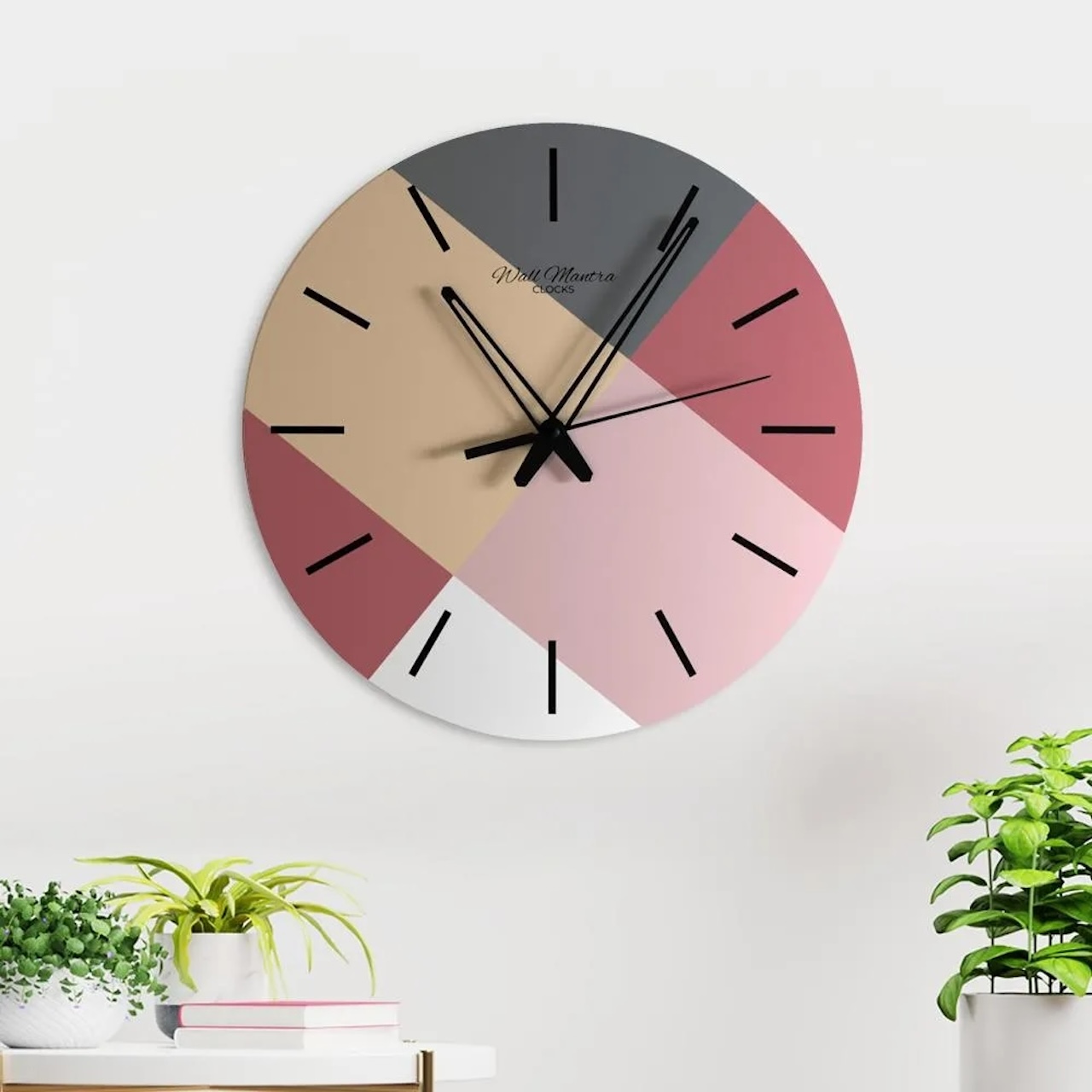

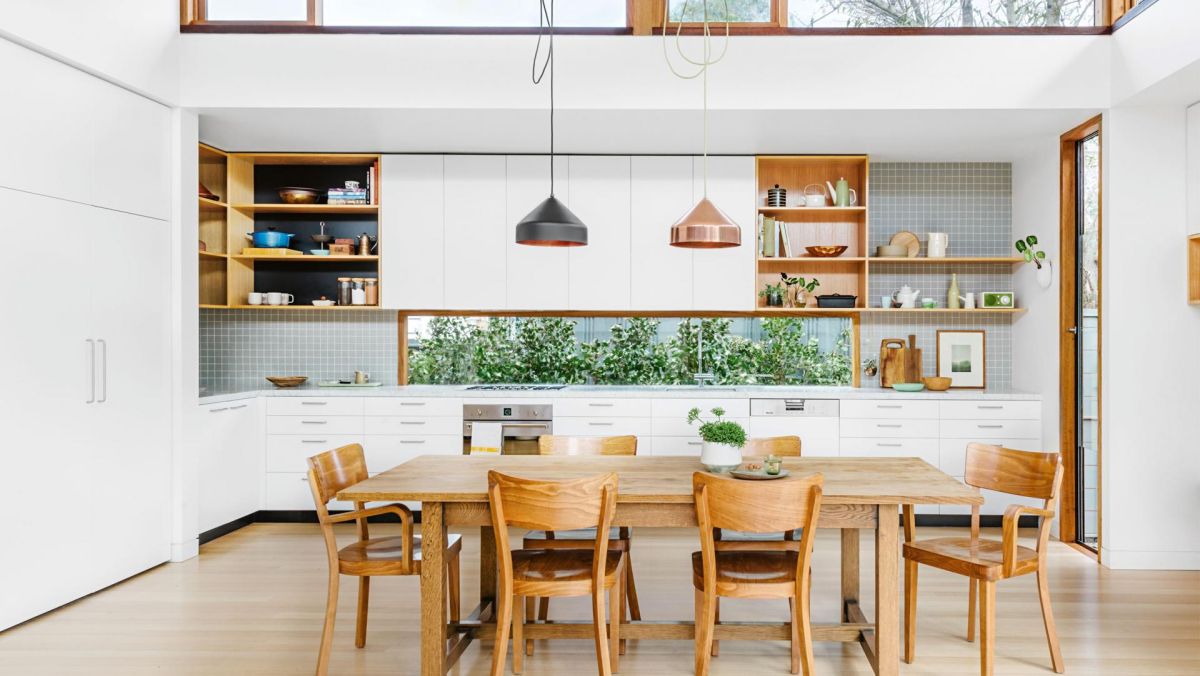
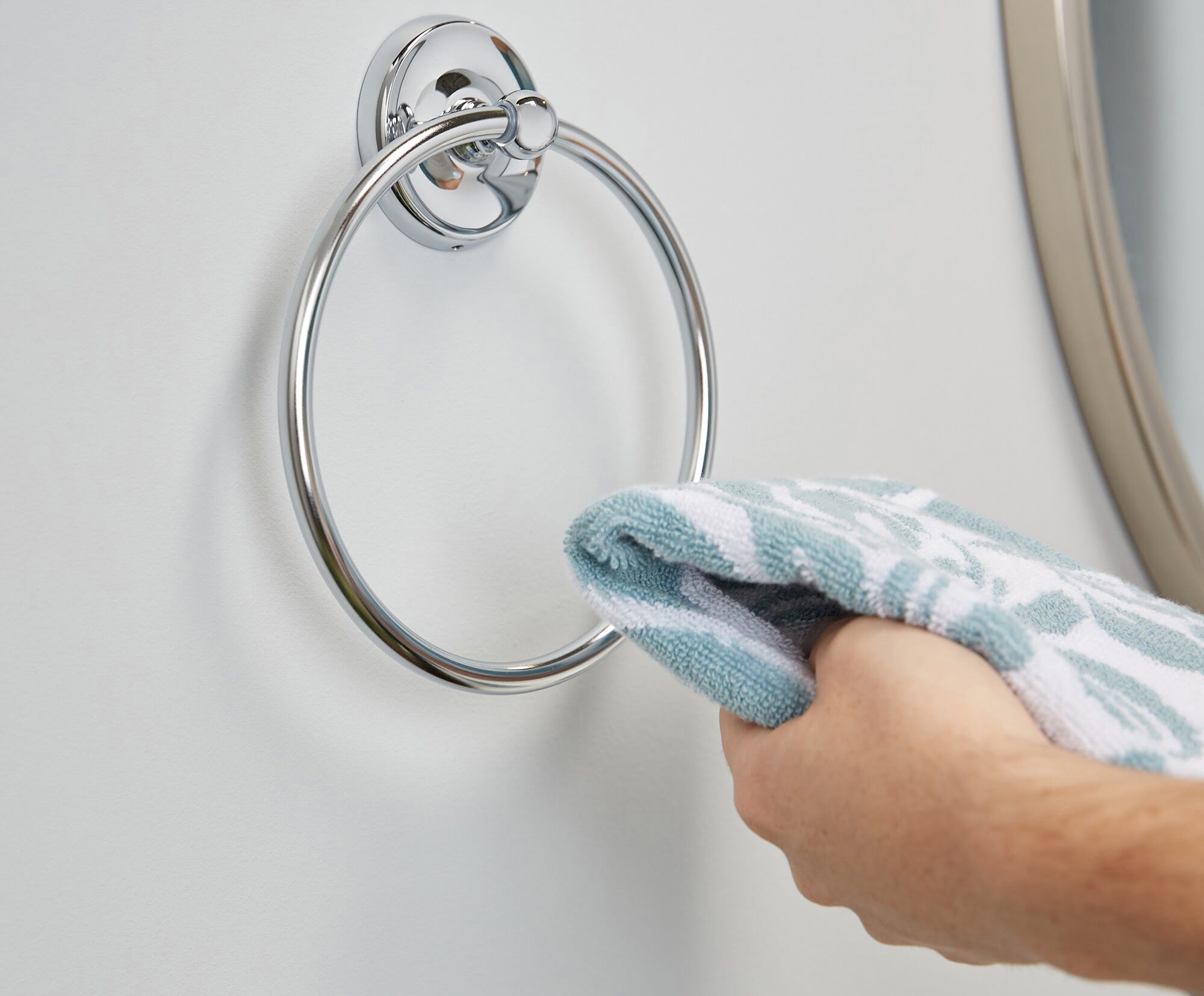
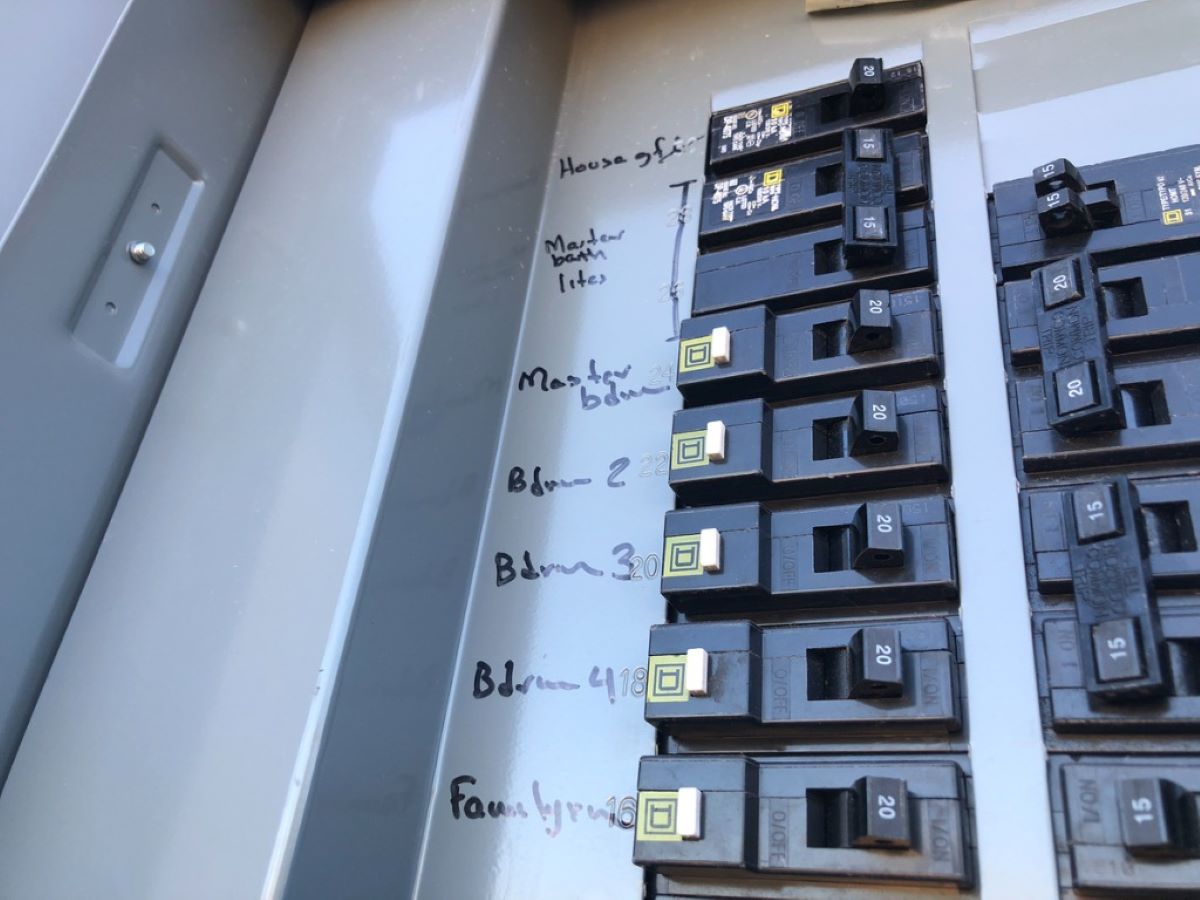
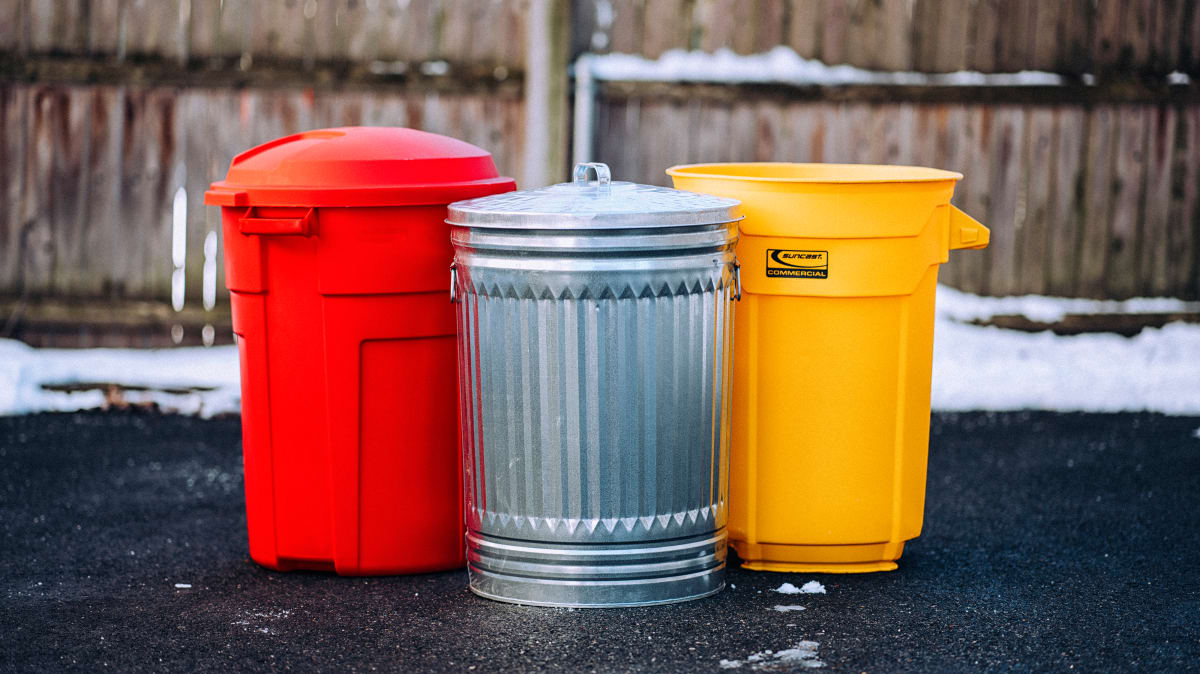
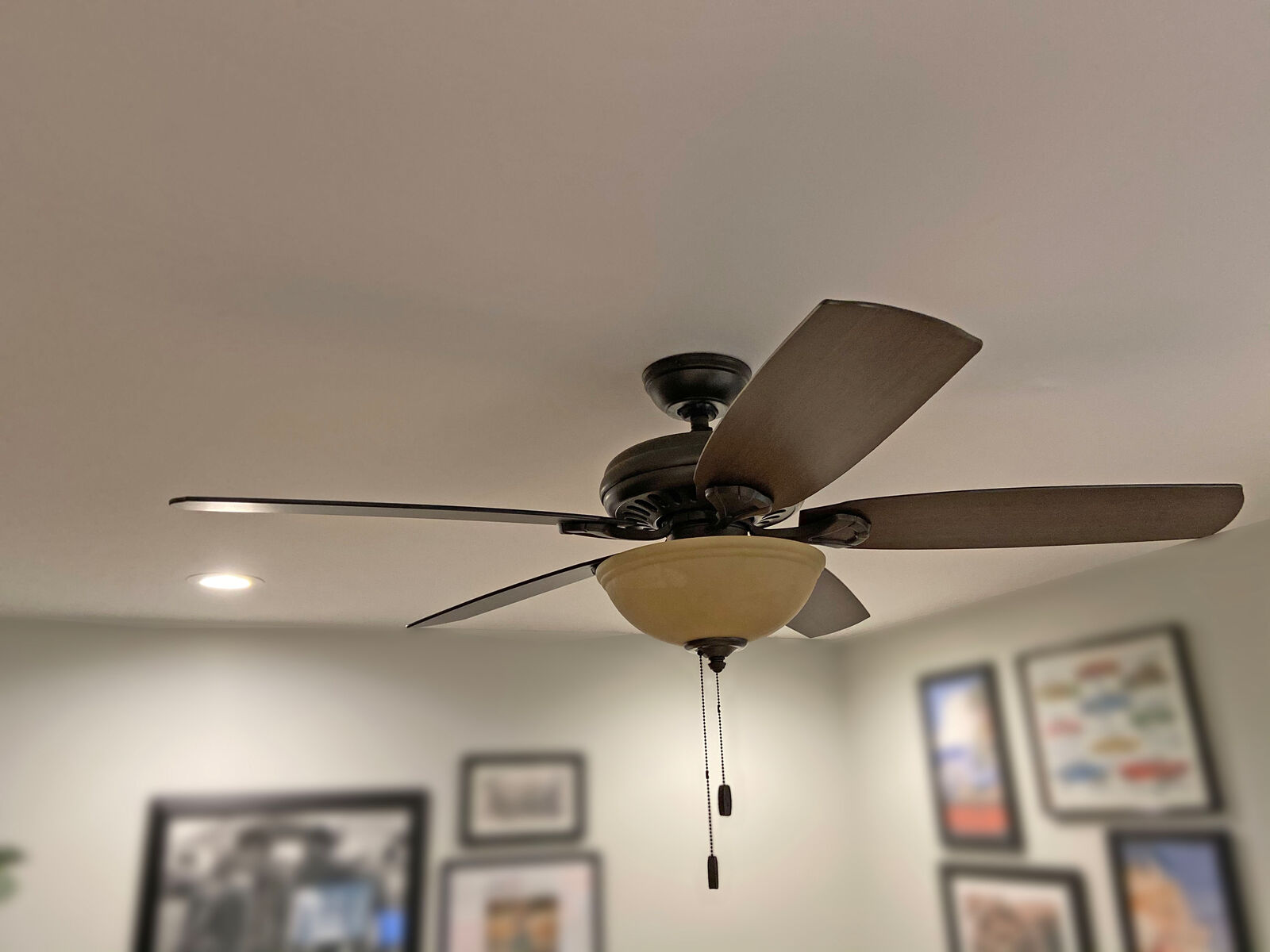

0 thoughts on “Which Way Should A Fence Face”